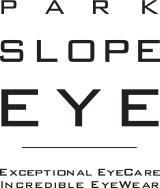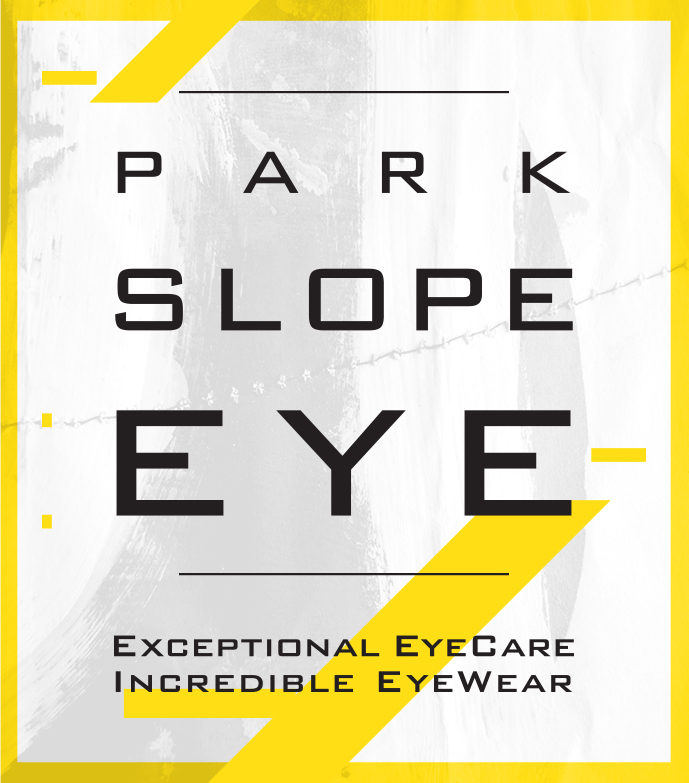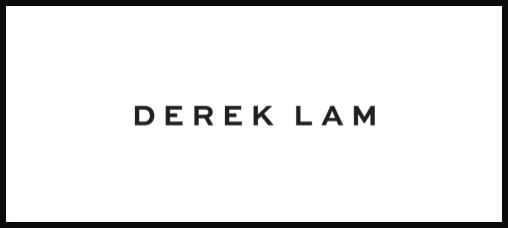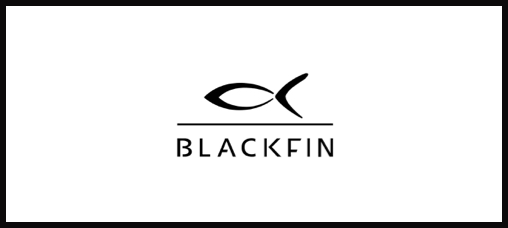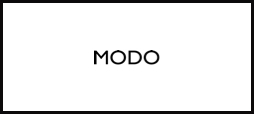
Your child’s eyesight plays a significant role in their development and learning. This is why it’s essential to be proactive about your child’s visual health. One of the best ways to start is to understand the different stages of infant visual development.
As you might have heard, the best time to get your child’s first eye exam is between 6 months and 1 year old. But you might be wondering why that is, and what factors contribute to your child’s vision development. We’ve put together a journey through the stages of ocular development your infant child undergoes so it makes more sense!
Passive Focusing: Birth to 2 Months Old
A baby’s vision changes a fair bit from birth to 1 year old. In the beginning, because they’re so sensitive to light, babies’ pupils don’t open wide. Their detail-oriented vision is not entirely developed, so they first experience their peripheral vision.
Active Focusing at 2 Weeks to 1 Month Old
After a week or two, their retinas finish developing, triggering their pupils to widen. At first, they see light and dark contrast, but soon bright colors begin to jump out at them. Now they’re ready to focus on things close-up.
They may try to focus on their parents. Still, at 1 month old, it’s more comfortable and stimulating to focus on brightly colored objects about 3 feet away from them.
Tracking & Coordination: 2 to 4 Months Old
Just after turning 2 months old, babies can’t coordinate their eyes that well. They might look a little cross-eyed at times, or their eyes might even loll around a bit. Unless it’s constant, it’s not something to worry about, and it usually goes away.
At 3 months old, they should have better eye coordination, and that’s the point where they might start exploring their hand-eye coordination as well. They might try taking a swing at you to see what will happen! They can also track moving objects visually with normal development.
3-D Visualization & Recognition: 5 to 8 Months Old
In this timeframe, babies begin to comprehend the things they’ve seen as 3-dimensional objects. If they see a new or old toy, they’ll pick it up and try to look at it from a different angle, building a model of it in their minds.
They can also look at their parents and recognize familiar faces from across the room after 5 months. Typically, they start crawling around a room so they can better investigate their surroundings.
Depth Perception & Walking: 9 to 12 months old
By the time your kids turn 9-12 months old, they can judge distances reasonably well. You might notice that they can pick objects up and throw them with a degree of precision.
Depth perception also plays a significant role in your children’s ability to maintain gait and balance. They can pull themselves up to a standing position and judge an object’s shape so they can better grasp things. In this timeframe, they like to use this new superpower to bend down and pick their toys up, so they can carry them elsewhere.
Why Book an Eye Exam Before the Age of 1?
As you can see from development early on, a critical shift happens around the 6-month mark. Here, the child needs to get the visual stimulation of seeing their parents’ faces. They also begin building 3-D models of their surroundings in their minds. From 6 months to 1 year old, they begin their dependence on vision for learning about their environment and relating to others!
What Can I Do to Help My Child Develop their Vision?
With that information in mind, you can probably identify a few important ways to assist your baby in developing their vision.
Nutrition
Unsurprisingly, your infant’s vision development begins in the womb, while the eyes themselves take shape. Consider visiting your doctor regularly throughout pregnancy, ensuring a consistent intake of nutritious fruits, vegetables, and meat.
Whether through foods or supplements, make sure that you get vitamins C and E, zinc, lutein, zeaxanthin, and omega-3 fatty acids (DHA and EPA). These nutrients are suitable for general health, and they’ll give your child a shot at healthy prenatal development.
Checking Eye Health at Birth
As soon as your child is born, it might be good to get a pediatrician to check for apparent congenital eye problems. Early diagnosis and prompt treatment for a physical challenge at birth might give your child a shot at healthy visual development.
Once you’re all clear to take your baby home, you can relax and let nature take its course. It’s wise to keep your newborn in limited direct sunlight, whenever possible equipping them with wide-brimmed hats and wraparound sunglasses — since their eyes are so sensitive to light, and still developing rapidly. Sunlight can be bad for your child’s eyes because of its UV content.
Introduction to Toys
Children’s toys are usually classified according to age groups as appropriate to their learning skills. During their first four months, tactile (very interesting feeling) toys allow them to compare what they can see with what they can touch.
You can also use shape-slot toys to gauge their hand-eye coordination. However, if they don’t seem interested in brightly colored shapes from 2-5 months old, there might be cause for concern.
First Eye Exam
As mentioned, the 6-month mark is a great time to bring your child in for the first eye exam. If visual problems at this critical developmental stage go ignored, it might impact their learning, maybe even their mental health. You should see a pediatrician before the first eye exam if your infant’s eyes don’t line up properly by the age of 3 months.
Playing With Your Child
The old standby game “Peekaboo” can help your 6 month-old practice focusing on your face. If you can get a smile when you appear and reappear, then your baby can get faster at making sense of detailed vision! Especially before the age of 1, you can bond together over some brightly-colored toys as well.
Introducing Books
Thumbing through books can foster creativity in children. While they might not fully grasp the concepts at infancy, teaching them to appreciate the difference between basic colors, shapes, and numbers could help prepare them for school. It’s best to wait until after 5 months of age so they can use their newfound ability to focus on detailed images up close.
Either way, they can learn a lot from pictures, and as the saying goes, “a picture is worth 1000 words.” It’s advisable to consult an eye doctor if your child hardly ever seems engaged, though.
Introducing Non-Toxic Art Supplies
After age 1, they might be ready to start leaving their mark on the world. Provide non-toxic coloring materials such as finger paint, chalk, and markers. You can also introduce them to various arts and crafts projects, but be sure to supervise their use of sharp objects.
Taking Care of Your Child’s Eyes
Any problems with your child’s vision development require the help of an optometrist. Starting at 6 months of age, your child should have routine eye exams every 2 years, even if they seem to be seeing the world just fine.
With that action plan in place, we can take actions like prescribing eyeglasses or medications. If your child is due (or overdue) for eye exams, contact us!
